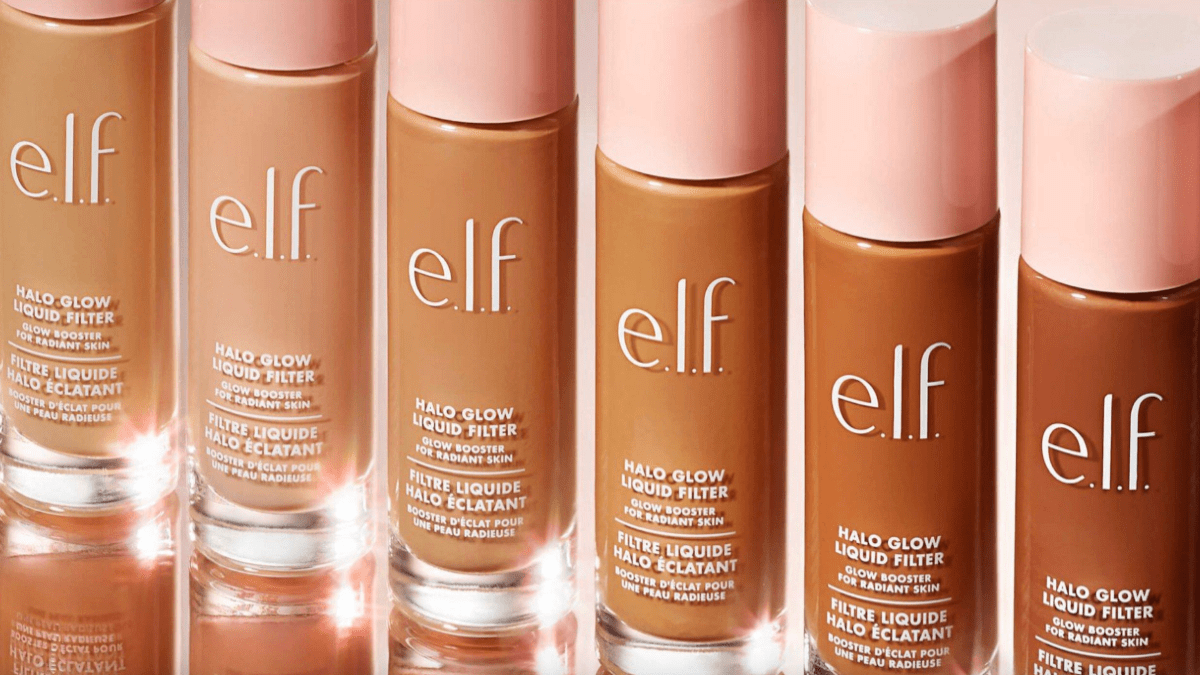If you keep up with what’s new in the makeup world, you’ve probably heard of the ELF Halo Glow Liquid Filter. This popular Charlotte Tilbury dupe (more on that in a second) is everywhere lately, albeit with a little bit of controversy.
The ELF Halo Glow Liquid Filter (hereby shortened to Elf Halo Glow) retails at $14, making it an affordable alternative to the Charlotte Tilbury Hollywood Flawless Filter. Like the latter, the ELF Halo Glow is a multi-purpose liquid highlighter and can be used on its own, as a primer under foundation, or mixed with foundation to give it more glow. So far, this is probably sounding really good – where’s the controversy you were promised?
Basically, the internet can’t decide if the ELF Halo Glow is water based or silicone based. Most makeup products have easily searchable ingredient lists and the ELF Halo Glow is no different, so why is there any confusion? When the product first went on the market, ELF uploaded the wrong list of ingredients to the product description but thankfully, this has since been rectified. Here’s whether the ELF Halo Glow is water or silicone based, and why it matters.
Is the ELF Halo Glow water or silicone based?
If you search up the now correct ingredient list, you’ll see the ELF Halo Glow is a water-based product. For best results, you’ll want to use the ELF Halo Glow with a water-based primer or foundation.
Combining a water-based primer with a silicone-based foundation will often result in the products separating; if you find your makeup regularly pills, this is a likely culprit.
Both types of products are used similarly but benefit different skin types. Water-based products are more hydrating and wear well on dry, dehydrated skin. Silicone-based products are more blurring and mattifying and tend to look better on oily skin.

